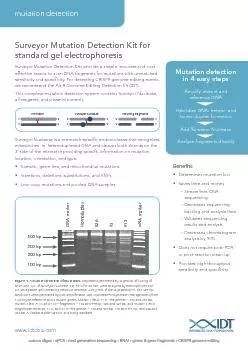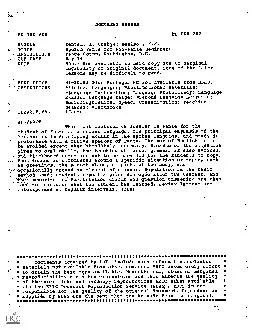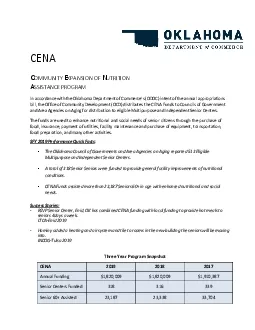PPT-Acid B ase D isorders
Author : emery | Published Date : 2022-02-15
Abdullah Alsakka EMConsutant Objectives To provide a simple systematic approach to interpreting arterial blood gas ABG samples Multiple formulas and rules
Presentation Embed Code
Download Presentation
Download Presentation The PPT/PDF document "Acid B ase D isorders" is the property of its rightful owner. Permission is granted to download and print the materials on this website for personal, non-commercial use only, and to display it on your personal computer provided you do not modify the materials and that you retain all copyright notices contained in the materials. By downloading content from our website, you accept the terms of this agreement.
Acid B ase D isorders: Transcript
Download Rules Of Document
"Acid B ase D isorders"The content belongs to its owner. You may download and print it for personal use, without modification, and keep all copyright notices. By downloading, you agree to these terms.
Related Documents










![[DOWNLOAD] - ASE Test Preparation - T2 Diesel Engines (ASE Test Prep for Medium/Heavy](https://thumbs.docslides.com/902107/download-ase-test-preparation-t2-diesel-engines-ase-test-prep-for-medium-heavy-duty-truck-diesel-engine-test-t2.jpg)
![[DOWNLOAD] - ASE Test Preparation - A8 Engine Performance (ASE Test Prep: Automotive](https://thumbs.docslides.com/902662/download-ase-test-preparation-a8-engine-performance-ase-test-prep-automotive-technician-certification-manual.jpg)
![[READ] - ASE Test Preparation - A2 Automatic Transmissions and Transaxles (ASE Test Prep:](https://thumbs.docslides.com/903439/read-ase-test-preparation-a2-automatic-transmissions-and-transaxles-ase-test-prep-automotive-technician-certification-manual.jpg)
![[READ] - ASE Test Preparation - A6 Electrical/Electronic Systems (ASE Test Prep: Automotive](https://thumbs.docslides.com/906528/read-ase-test-preparation-a6-electrical-electronic-systems-ase-test-prep-automotive-technician-certification-manual-61c18ef805276.jpg)
![[EPUB] - ASE Test Preparation- A3 Manual Drive Trains and Axles (ASE Test Prep: Automotive](https://thumbs.docslides.com/906607/epub-ase-test-preparation-a3-manual-drive-trains-and-axles-ase-test-prep-automotive-technician-certification-manual.jpg)